Strategic Competition Act: The US targeting China through Cold War politics?
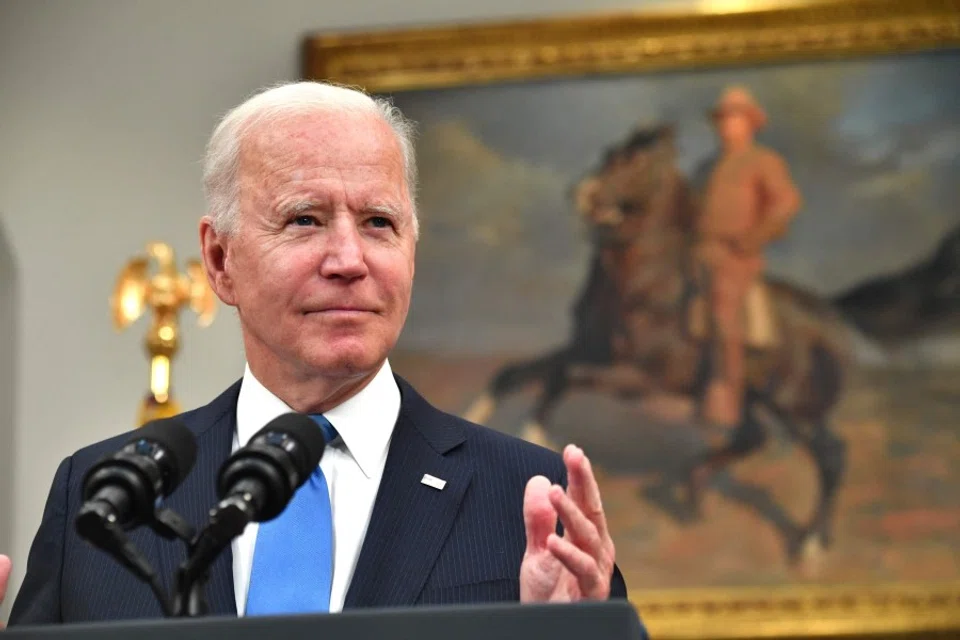
"United States Objectives and Programs for National Security" was a paper drafted in April 1950 by the Policy Planning Staff under the US State Department led by Paul Nitze. It was submitted to the National Security Council (NSC), becoming known as document NSC-68. More than seventy years later, the Strategic Competition Act was introduced to the US Senate by the Committee on Foreign Relations on 22 April 2021.
NSC-68 was a strategic document reflecting the US Cold War mindset, while the Strategic Competition Act is a strategic bill that the two US political parties came up with to counter China. The former was a landmark document of the Cold War; the latter marks the US's strategic change in the 21st century. While the US did not use the word "contain", the China-US strategic competition and the Cold War are essentially the same. Understanding the historical background of NSC-68 will highlight surprising similarities between it and the Strategic Competition Act.
A lesson from Cold War history
First, NSC-68 was a systematic presentation of US containment of the Soviet Union. The Cold War was the result of different ideologies and political systems in the US and Soviet Union. From the US perspective, going from cooperating with the Soviet Union to defeating German fascism, to engaging in the Cold War, did not happen overnight. US ideas of the Soviet Union were moulded by domestic discussion, and the result was NSC-68.
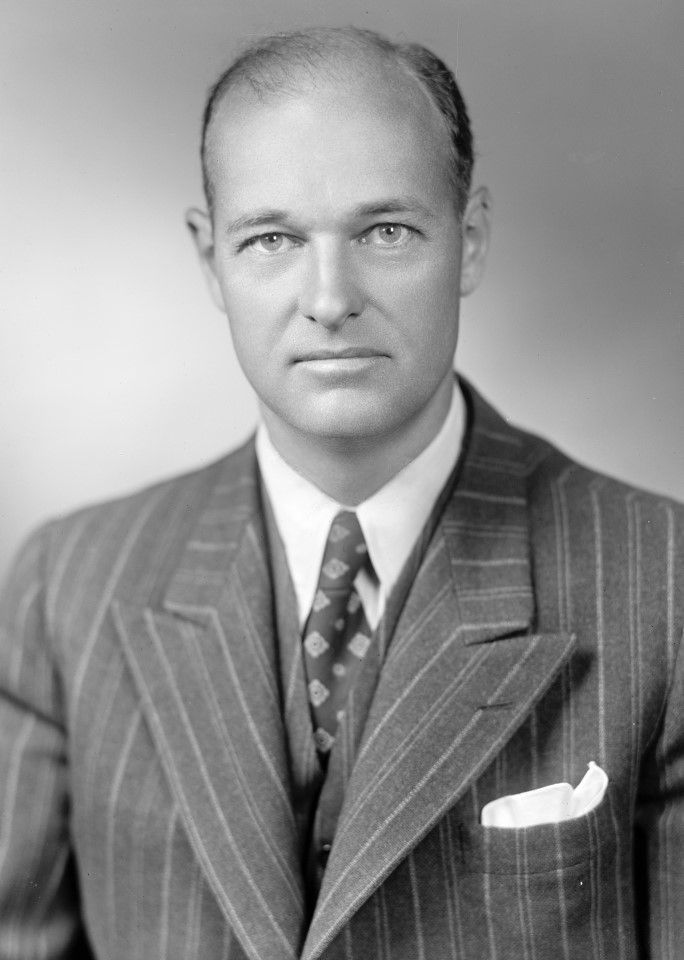
Most Cold War historians consider the "long telegram", written by George F. Kennan in February 1946 - then the US's chargé d'affaires in Moscow - as the first and most comprehensive assessment of Soviet intentions following World War II, and the source of the US's subsequent policy of containment. The genesis to the long telegram was the US government learning in mid-February 1946 that the Soviet Union intended to stay out of the World Bank and International Monetary Fund. This was puzzling, as it was originally thought that the Soviet Union was willing to cooperate with the US. The US State Department telephoned its embassy in Moscow, asking for a clarification of Soviet intentions. What Kennan sent back in response, said to be between 5,000 to 8,000 words, came to be known as the long telegram.
According to the long telegram, the fundamental attitude of the Soviet Union to the capitalist world was one of "antagonistic 'capitalist encirclement' with which in the long run there can be no permanent peaceful coexistence," and this world view determined its antagonistic stance towards the West and its policy of power expansion wherever possible, following WWII. Kennan noted: "In summary, we have here a political force committed fanatically to the belief that with US there can be no permanent modus vivendi, that it is desirable and necessary that the internal harmony of our society be disrupted, our traditional way of life be destroyed, the international authority of our state be broken, if Soviet power is to be secure."
The assessment of the Soviet Union in this long telegram formed the basis of US policy towards the Soviet Union that lasted for decades, from the time of the so-called Truman Doctrine. However, some people in the US still advocated working with the Soviet Union. The "Wallace incident" was one example. In September 1946, US Secretary of Commerce Henry A. Wallace expressed a different view from the tough stance of US President Harry S. Truman towards the Soviet Union. Wallace advocated the idea of post-war cooperation and coexistence with the Soviet Union, as put forward by previous US President Franklin Roosevelt during WWII. In the end, Wallace was forced to resign.
On 12 March 1947, President Truman gave a key address before a joint session of Congress, where he proposed containment of communism as the national political ideology and the guiding concept for foreign policy. This became known as the Truman Doctrine, which came about due to increased Soviet influence in Greece and Turkey - the US did not want these two countries to come under the Soviet sphere of influence.
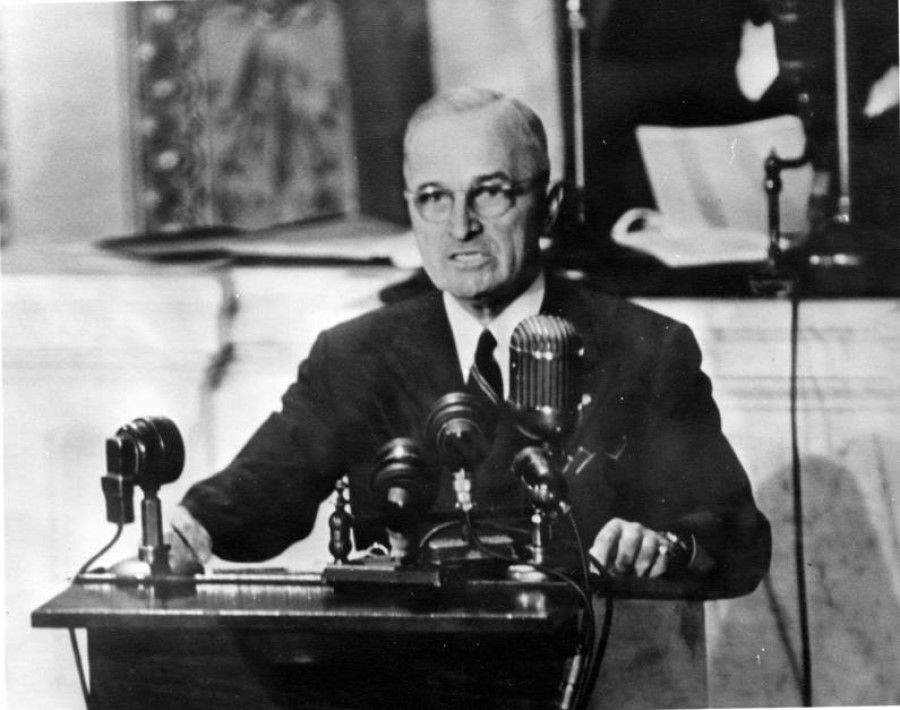
Truman's speech sparked an intense national debate on foreign policy. One consensus between Congress and the public was that this speech marked a new era in US diplomacy; this was a complete departure from isolationism, non-intervention, and neutrality, which would now be replaced by "global responsibility". Supporters of the Truman Doctrine felt the US had an obligation to oppose the spread of communism, wage war on totalitarianism around the world, and protect freedom. Those who opposed it were afraid of sparking World War III; they felt it was in fact declaring war on the Soviet Union and were worried the US would pay an endless price if this went on.
The policy debate over the Truman Doctrine as well as the major moves taken by the US - including the Marshall Plan and NATO - provided the basis for NSC-68. At the time, there was consensus within the US for the Cold War strategy of containment of the Soviet Union. Republican senator Robert Taft said both parties were practically as one when it came to foreign policy.
NSC-68 became the blueprint for US global strategy during the Cold War, and was later often quoted by historians. The guiding principle permeating the document was one of complete polarisation - communism and the free world were at odds and people had to prepare for a long-term global battle. The document said: "The whole success of the proposed program hangs ultimately on recognition by this Government, the American people, and all free peoples, that the Cold War is in fact a real war in which the survival of the free world is at stake." That line is nothing new - it merely repeats what the US knew of the Soviet Union over the previous years back then.
After Truman read NSC-68, he gave directions to implement measures to contain the Soviet Union. The US government set up a special committee that held meetings to discuss moves to put the document into action. The outbreak of the Korean War provided a firm basis for implementing NSC-68. Up to this point, the US blueprint for its Cold War strategy and its troop expansion in preparation for war was in place.
...the two US parties believe in the bipolarity concept for China-US relations, just as during the Cold War.

Relevance to present-day Strategic Competition Act
Second, there are similarities between the Strategic Competition Act and NSC-68.
Point one: both political parties in the US are in agreement on the strategy towards China, just as they were during the Cold War. This state of agreement came about after years of deliberation. Democratic senator Bob Menendez, the current chairperson of the US Senate Committee on Foreign Relations, has said there has been ample discussion in the US about the threat and challenge posed by China, but there has been no real strategy in response, while the Strategic Competition Act will provide a basis and direction for Washington to set policies to counter Beijing.
In a joint statement, Menendez and Republican senator Jim Risch noted that "the legislation is an unprecedented, bipartisan effort to mobilize all United States strategic, economic, and diplomatic tools for an Indo-Pacific strategy that enables the US government to compete effectively with the People's Republic of China and the challenges it poses to our national and economic security for decades to come".
Point two: the two US parties believe in the bipolarity concept for China-US relations, just as during the Cold War. In his speech on "Communist China and the Free World's Future", former Secretary of State Mike Pompeo pitted China against the Western world. Current President Joe Biden sees China and Russia in opposition with the US and other Western countries, describing it as a face-off between democracy and autocracy, and claiming that the tussle has reached a historical turning point. On 28 April, Biden said he views the challenges ahead of the country as a question of whether democracy can succeed in the 21st century.
Thinking in terms of bipolarity by both parties led to the Strategic Competition Act. The draft text says: "The PRC views its Leninist model of governance, 'socialism with Chinese characteristics', as superior to, and at odds with, the constitutional models of the United States and other democracies."
Both NSC-68 and the Strategic Competition Act set up the US's greatest threat, and the battle for leadership of the international order.
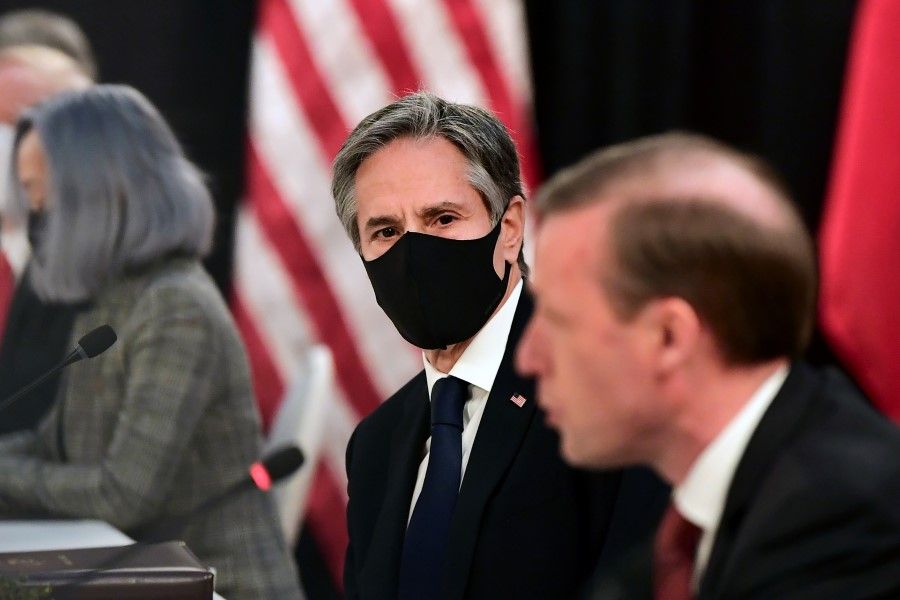
Point three: both NSC-68 and the Strategic Competition Act set up the US's greatest threat, and the battle for leadership of the international order. The US set up the Cold War where the Soviet Union was its greatest threat, but NSC-68 did not redefine the Soviet threat - it merely repeated the Soviet threat as mentioned by the US government in previous documents. The Strategic Competition Act sets China up as a threat to the US, which is not at all surprising. Officials in the Trump and Biden administrations have said that China is the biggest threat to the US, and the relevant departments in both administrations have released reports to the same effect.
The Strategic Competition Act gives a detailed account of the China threat. The draft says: "This approach to governance [socialism with Chinese characteristics] is lauded by the CCP as essential to securing the PRC's status as a global leader, and to shaping the future of the world." Officials in the Trump and Biden administrations have said that China wants to compete with the US for leadership of the international order.
There are surprising similarities in history, but history is not simple repetition. The Cold War was focused on the military; the Soviet Union did not want to be a part of the Western-led international economic order, and naturally did not participate in economic globalisation. NSC-68 did not touch on economic and technological competition between the US and the Soviet Union. China does participate in globalisation, but does not constitute a direct military threat to the US, and so the focus of the Strategic Competition Act is not the military.
Economic and technological dominance feared
The 283-page draft of the Strategic Competition Act consists of five parts: investing in a competitive future, investing in alliances and partnerships, investing in values, investing in economic statecraft, and ensuring strategic security. The core competition is economic and technological. Victory in the China-US strategic competition does not lie in the military arena - China and the US are not prepared to fight each other - but in the economic and technological sectors, especially the latter. The competition between China and the US in chips, artificial intelligence, quantum computing, and 5G will mould each country's future economic strength, which is the foundation of other strengths.
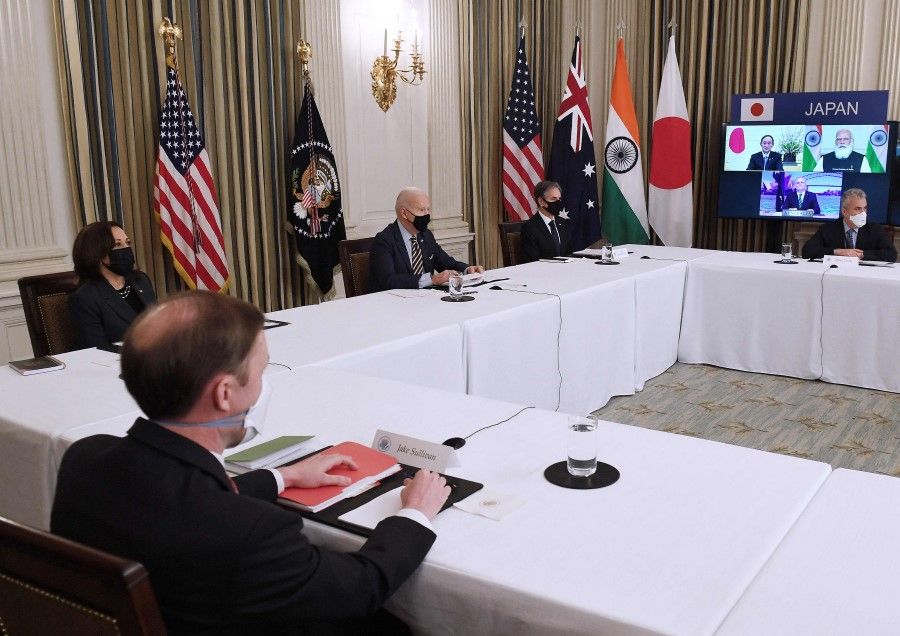
Another obvious difference between NSC-68 and the Strategic Competition Act is the question of alliances. At the start of the Cold War, two main camps had formed, but NSC-68 did not describe opposing the Soviet Union through alliances. By contrast, China has integrated into globalisation and is very different from the Soviet Union, and Western countries do not want to decouple from China. Hence, the Strategic Competition Act dedicated 163 pages - nearly 60% - of the bill stating the importance of consolidating alliances and partnerships, with keywords such as Indo-Pacific allies, the Quad grouping, and US-Taiwan relations. The US wants China to feel the pressure of isolation.
Final point: the significance of the Strategic Competition Act cannot be lightly dismissed. It needs to pass the Senate and House of Representatives before it is signed by the president. If it is passed into law, what would be its strategic significance? A BBC Chinese commentary said the Strategic Competition Act is a milestone in both US political parties moving together towards stronger countermeasures in terms of policies towards China. This bill would officially start China and the US on a path of long and sustained opposition, even if the Chinese government does not accept the reality that China and the US are heading towards a Cold War.
The Trump administration started a Cold War with China, but Congress did not come up with a strategic plan. The Biden administration has not said it will start a Cold War with China, but Congress may pass the Strategic Competition Act targeting China. Will future historians assess the China-US Cold War based on this?
